The Ultimate Niseko Guide
Life-Saving Etiquette & Rules in the Land of Japow
Table of Contents
Welcome to the Mecca of "Japow"! Why Niseko Captivates the World
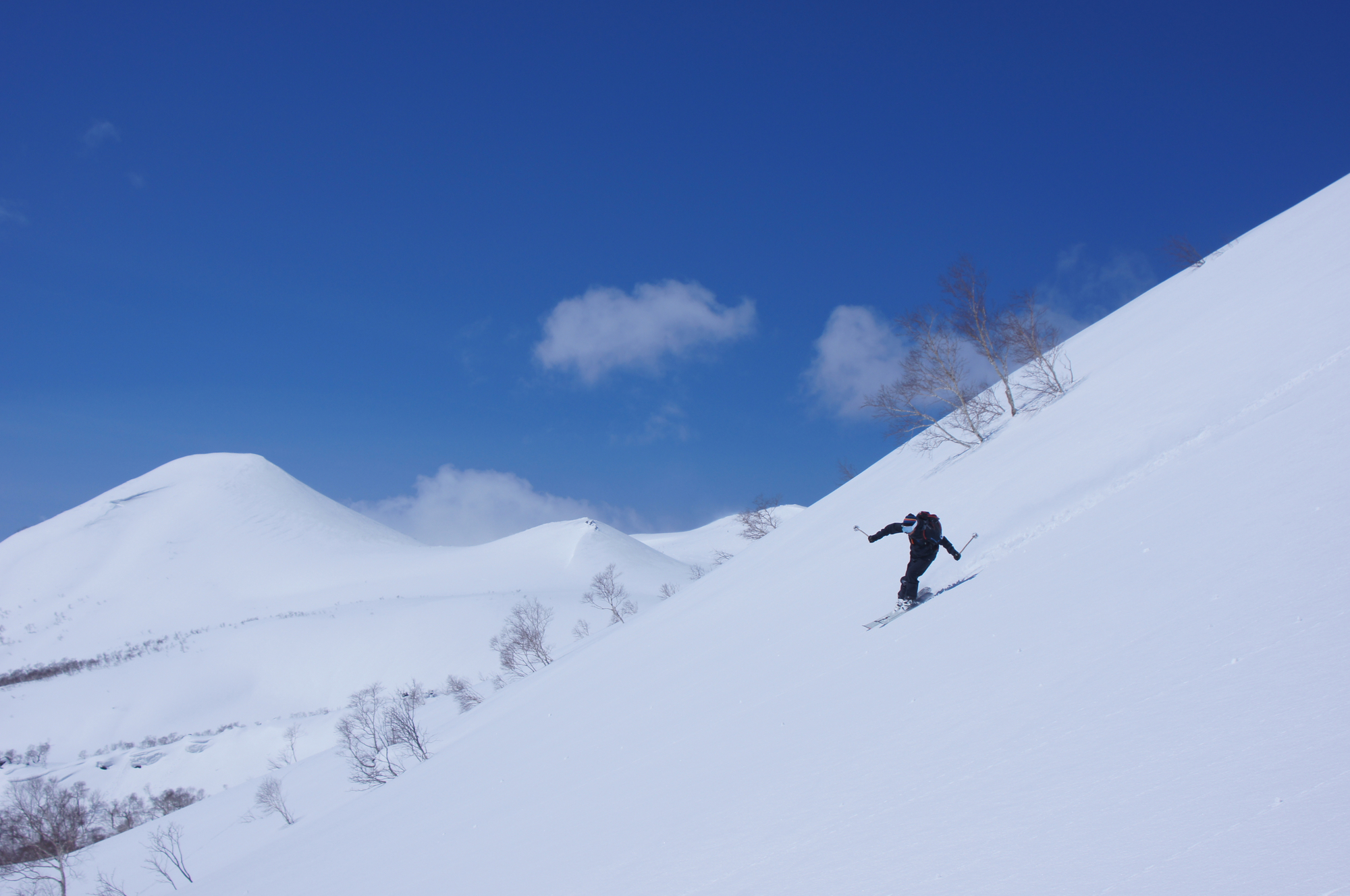
"Japow (Japan Powder)" is a magical term spoken by skiers and snowboarders worldwide. The sacred ground this word points to is right here in Niseko, Hokkaido. The snow is incredibly light, deep, and smooth. It's not just snow; it's a miraculous powder that gives all who visit a blissful sense of floating.
But Niseko's charm isn't just its snow quality. It boasts a magnificent landscape watched over by the majestic Mt. Yotei, a high-level culinary scene blending global food cultures, and traditional Japanese onsen (hot spring) culture. Niseko is a one-of-a-kind snow resort, a fusion of natural blessings, international sophistication, and the Japanese spirit.
This guide is not merely a technical manual for skiing the best powder. It is meant to share the "mindset" for understanding the background of this miraculous snow, respecting the local nature and culture, and above all, protecting your own safety. The rules and etiquette introduced here are not meant to restrict your freedom, but are promises to connect this wonderful experience to everyone and to the future.
So, sharpen not only the wax on your board but also your intellectual curiosity. Let's glide into the depths of Niseko, the place the world yearns for.
1.Where Miraculous Snow is Born: The History and Natural Secrets of Niseko
To truly appreciate the silvery world before you, let's first listen to the stories this land has woven and the secrets nature holds.
1-1. The Land Where the Ainu Language Breathes: The Story of "Niseko-an-pet"
The name "Niseko" originates from the language of the Ainu, the indigenous people of this land. "Niseko-an-pet" means "a river running along the bottom of a sheer cliff." True to its name, Niseko's terrain is rich in variation, nurturing a nature that is both harsh and abundant. The mountains of Niseko Annupuri have long been objects of worship for the Ainu people and a vital source for their livelihood. Keeping in mind that these mountains we are about to ski on have been sacred places for ages is the first step towards respecting nature.
1-2. From a Small Farming Village to an International Resort: The History of Niseko's Transformation
In the early 20th century, this area was a quiet farming village. Skiing was introduced as a leisure activity during the Taisho era (1912-1926). However, it wasn't until the 2000s that Niseko gained global attention. Australian skiers, in particular, noticed the superb snow quality and good access from neighboring countries, and its reputation spread by word of mouth. The fusion of the international culture they brought and the local Japanese culture shaped the unique international resort "NISEKO" we see today.
1-3. Science Unveils the "Miraculous Snow Quality": Why is Niseko's Snow the Best in the World?
Why is Niseko's snow so light? The secret lies in the cold, dry seasonal winds blowing from Siberia. As this wind crosses the Sea of Japan, it picks up a large amount of moisture, forming snow clouds when it hits the mountains of Hokkaido. Then, due to the severe cold inland, it falls as "dry snow" with extremely low moisture content, each crystal remaining beautifully intact. This perfect combination of weather conditions creates the "miracle powder" that skiers worldwide dream of.
1-4. [2025 Update] Ever-Evolving Niseko: New Lifts, Shinkansen Plans, and the Future
Niseko continues to evolve. Each ski resort has been making major investments, such as upgrading to faster and more comfortable lifts. There are also plans to extend the Hokkaido Shinkansen (bullet train) to Kutchan Station in the future, which will further improve access. On the other hand, rapid development has also created challenges, such as environmental impact and harmony with the local community. It is an important point in understanding modern Niseko that the entire region is working on environmental conservation activities and rule-making to aim for a sustainable resort.
2.Preparations & Basic Info: To Maximize Your Niseko Experience
To perform at your best, thorough preparation is essential.
2-1. Complete Access Guide from New Chitose Airport
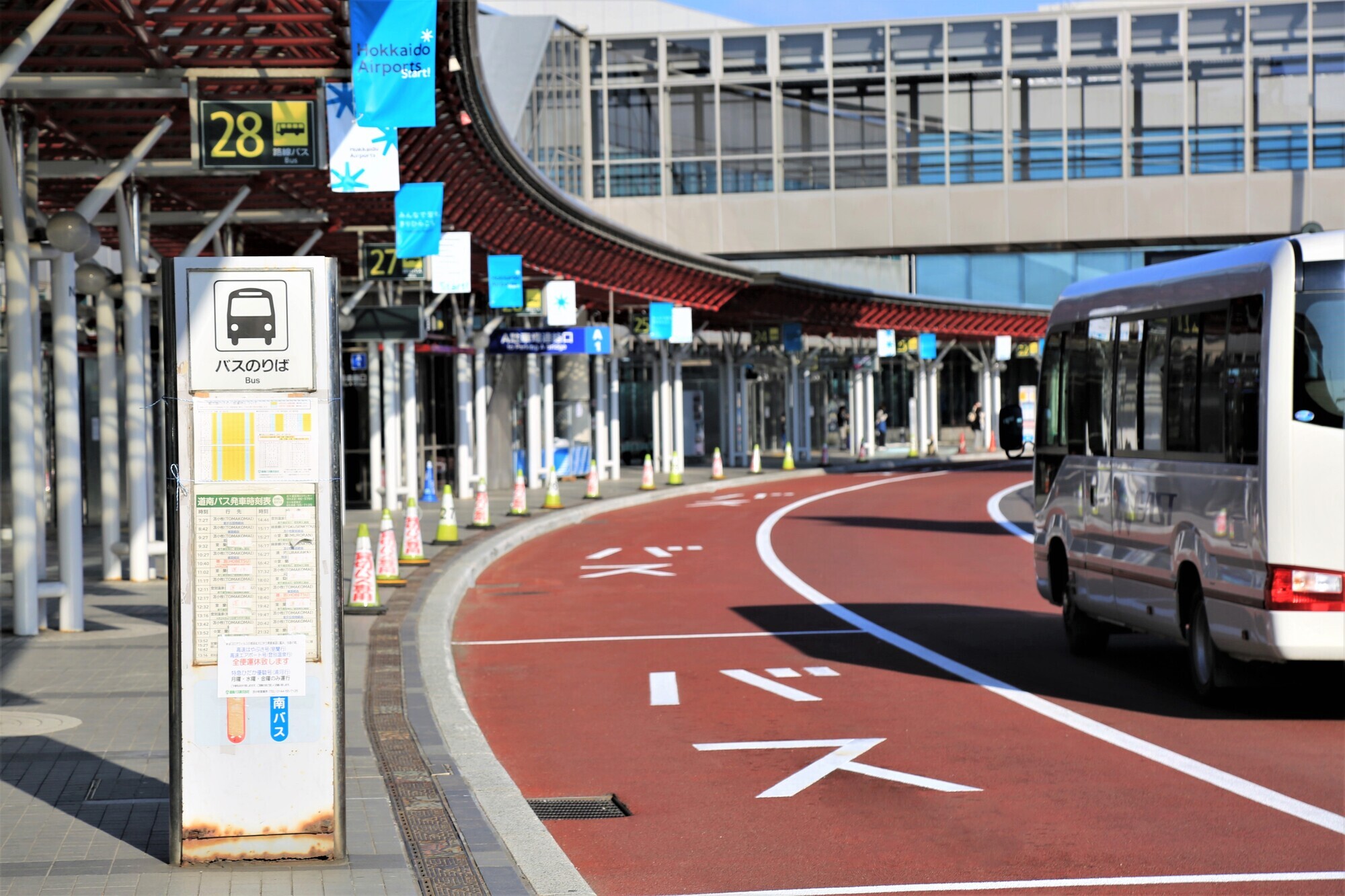
- Ski Bus (Most Convenient): During winter, numerous direct buses operate from the airport to various areas in Niseko. Advance booking is essential, and the journey takes about 2.5 to 3 hours. This is the most popular option as you can also check in large luggage.
- Train (JR): From New Chitose Airport Station, transfer at Otaru Station to head to Kutchan Station (approx. 3 hours). From Kutchan Station, you can take a taxi or shuttle bus to your resort.
- Rental Car: Offers high flexibility, but driving in Hokkaido in winter requires extremely high skill and thorough preparation (Studless tires are mandatory). It is not recommended for those inexperienced with driving on snowy roads.
2-2. Conquering the Four Resorts: A Thorough Guide to "Niseko United"
Niseko United is the collective name for four vast ski resorts on Mt. Niseko Annupuri: “Niseko Tokyu Grand HIRAFU,” “Niseko HANAZONO Resort,” “Niseko Village Ski Resort,” and “Niseko Annupuri International Ski Area.”
- Niseko United All Mountain Pass: Purchasing this common lift pass allows you to freely access all four ski resorts. The resorts are connected near the mountain summit.
- Features of Each Resort: Hirafu is the largest and has a bustling village at its base. HANAZONO boasts state-of-the-art lifts and facilities. Niseko Village is adjacent to luxury hotels and has a calmer atmosphere. Annupuri has many gentle slopes, making it suitable for families.
2-3. Clothing and Equipment Guide: A Checklist to Not Underestimate Japan's Winter Mountains
- Basic Layering: The foundation is three layers: a base layer (quick-drying underwear), a mid-layer (like fleece), and an outer layer (a highly waterproof, windproof, and breathable jacket and pants).
- Accessories: Goggles (having lenses for both sunny and snowy conditions is best), a helmet (strongly recommended for safety), a neck warmer (to prevent frostbite on your face), warm gloves, and thick socks.
- Temperature: It's not uncommon for winter temperatures in Niseko to drop below -10°C (14°F). The wind chill can make it feel even colder. Be fully prepared for the cold.
3.[Crucial] Life-Saving Etiquette: The 7 Rules to Follow on Niseko's Slopes
Niseko's powder snow offers the greatest joy, but one wrong step can lead to facing the harsh threats of nature. The rules here are the most important knowledge to protect your life and the lives of others.
3-1. Know the Rules: Respect "the Niseko Rules" as the Start of All Adventures
Niseko has its own local rules, "the Niseko Rules," for skiing outside the resort's controlled areas (off-piste). These were created to balance maximum freedom with safety. You can only exit the controlled area through specific gates designated by the ski patrol. When a gate is closed, you must not go out for any reason, such as a high risk of avalanches. Cultural Context: Why do "rules" protect community safety in Japan? In Japanese society, it is believed that individuals following rules is essential for maintaining the safety and order of the entire community. "The Niseko Rules" are a perfect example of this philosophy applied to the mountains. Respecting the rules is an expression of gratitude to the local community and patrol teams who provide this amazing environment. |
3-2. Beyond the Gate is Your Responsibility: The True Meaning of "Backcountry" and the Holy Trinity of Gear
One step beyond the gate is the "backcountry," an alpine area beyond the ski resort's control. It is raw nature, unmanaged and unpatrolled. Skiing there requires advanced skills, knowledge, and complete equipment. An avalanche beacon, a probe, and a shovel are known as the "holy trinity" and are mandatory gear for entering the backcountry. Cultural Context: The Japanese consideration of "not causing trouble" and self-responsibility. Japan has a strong culture of "not causing trouble for others" (meiwaku wo kakenai). Entering the backcountry unprepared and getting into an accident is the ultimate "troublesome act," as it endangers not only your life but also the lives of those who come to search and rescue you. It is strongly required to objectively assess your own abilities and equipment and act responsibly. |
3-3. Downhill Skier has the Right of Way: The Universal "Consideration" of FIS Rules
Within the resort, the 10 rules set by the International Ski Federation (FIS) are the international standard. The most important principle among them is that "the person ahead (downhill) always has the right of way." The person overtaking is responsible for controlling their speed and distance to avoid a collision, even if the person in front makes an unexpected move. Cultural Context: The spirit of "yuzuriai" (yielding to each other) and its practice on the slopes. Japanese culture values "yuzuriai" as a virtue. This spirit is the same at a ski resort. Always being considerate of others, such as slowing down at junctions and narrow spots or resting at the side of the course, leads to everyone's safety and comfort. |
3-4. Get on and off the Lift Quickly: Japanese Teamwork for Efficiency and Safety
Get on and off the lifts smoothly. Especially on multi-person lifts, group up while waiting in the line and get on promptly when it's your turn. When getting off, move away from the unloading area quickly so the person behind you can exit smoothly. Cultural Context: Unspoken coordination seen in "A-un no Kokyu". In Japan, there is a phrase "A-un no Kokyu," which refers to a state where people understand each other and act in unison without exchanging words. The smooth coordination in getting on and off lifts can be seen as a small practice of this Japanese-style teamwork. |
3-5. Sharing a Quiet Night: How to Behave at the Resort at Night
| Après-ski is a big part of the fun in Niseko, but please refrain from loud conversations and noise late at night in your accommodation and public areas. Walls can be thin, especially in condominiums. Other guests who have finished a great day are also seeking quiet rest. Cultural Context: Behavior in public spaces and the spirit of "Wa" (harmony). In Japan, the spirit of "Wa," which values harmony, is important. There is a deep-rooted awareness that public spaces are not for individuals but are shared by everyone. Keeping quiet at night is a basic manner to maintain this "Wa." |
3-6. To a Beautiful Silver Future: Garbage Manners that Show Respect for Nature
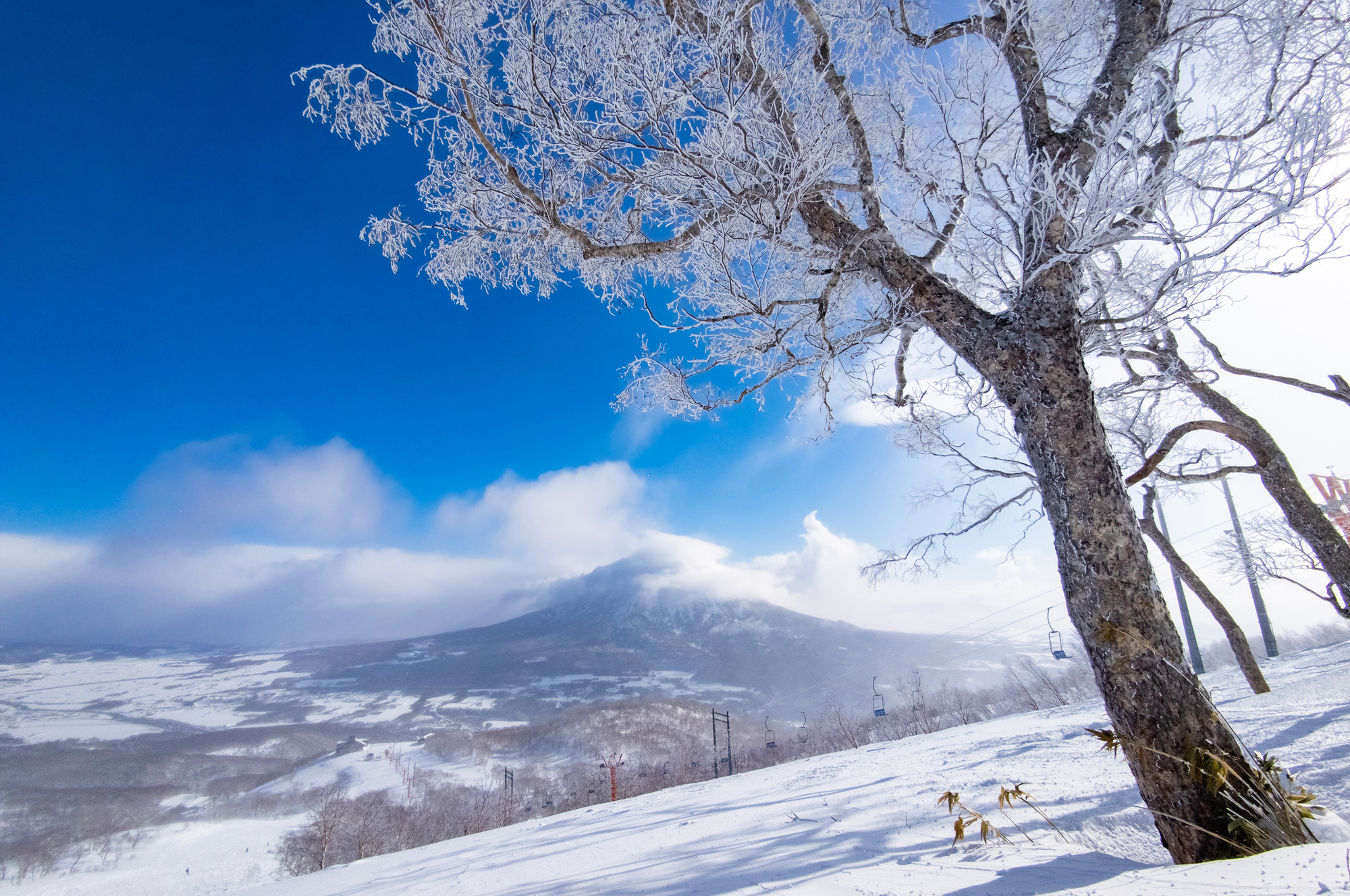
It goes without saying, but never throw trash from the lift or on the side of the course. A single cigarette butt will stain this beautiful landscape when the snow melts in spring. Always put your trash in your pocket or dispose of it in a designated trash can. Cultural Context: The aesthetic of "leaving a place more beautiful than you found it." In Japanese schools and community activities, the idea of "kitan toki yori mo utsukushiku" (leaving a place more beautiful than you found it) is taught. It is an aesthetic of leaving a place you used in a cleaner state than before. Let's practice this spirit towards the magnificent nature of Niseko. |
3-7. Onsen, a Shared Space for Healing: Japanese Bathing Etiquette to Soothe Your Body After Skiing
An onsen is the best reward to soothe a body tired from skiing. A Japanese onsen is a place to relax by soaking in hot water, not a place to wash your body.
Cultural Context: The ideas of "cleanliness" and "sharing" rooted in onsen culture. Japanese onsen culture is based on the idea of "sharing" sacred hot water with everyone. Manners such as washing your body before entering and not putting towels in the water are considerations for "cleanliness" so that everyone can use this shared space comfortably. |
4-1. Gourmet Après-Ski: From World-Class Restaurants to Local Food
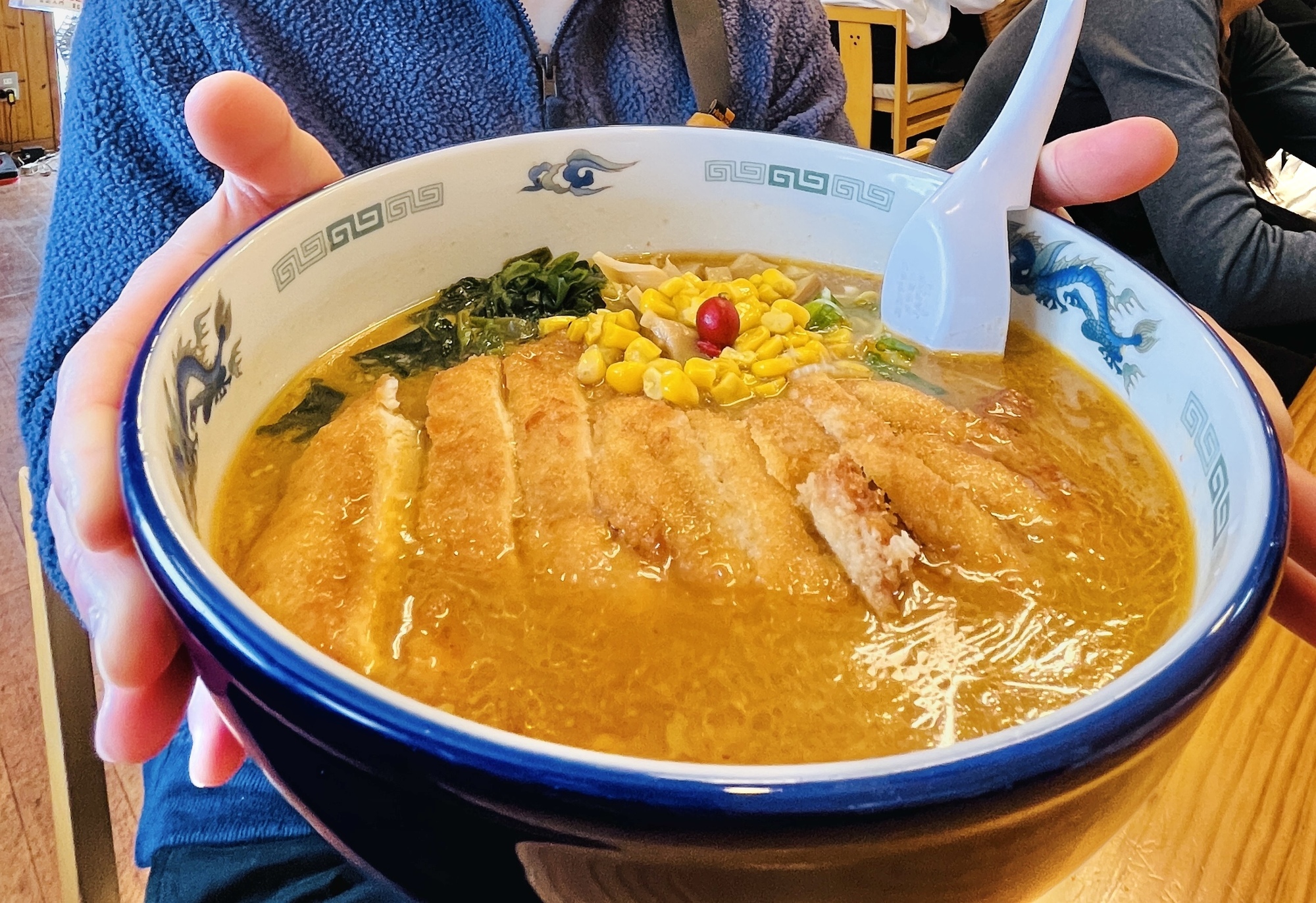
Niseko is also an international culinary town. From Michelin-starred fine dining restaurants to sushi bars serving fresh seafood, warm ramen, and soup curry made with local ingredients, the options are endless. The Hirafu area is also home to many stylish bars and pubs.
4-2. Winter Activities Other Than Skiing
4-3. The Majestic View of "Ezo Fuji" Mt. Yotei: A Guide to the Best Photo Spots
Mt. Yotei, the symbol of Niseko, is also called "Ezo Fuji" because of its beautiful shape, resembling Mt. Fuji. On a clear day, you can see its majestic form from the top of each ski resort, as well as from various places at the foot of the mountain. The moments when it is lit by the morning sun or colored by the sunset are particularly special.
5.Planning Your Trip: Model Itineraries by Skill Level
5-1. [3 Nights, 4 Days] For Beginners & Families! A Safe and Comfortable Niseko Course
- Day 1:
Take a bus from New Chitose Airport to Niseko. Check into your hotel and rent equipment. - Day 2:
Take a ski lesson in the morning. Practice on the gentle slopes of Annupuri or Niseko Village in the afternoon. - Day 3:
Ski the Hirafu area. Enjoy a snowshoeing experience or an onsen in the afternoon. - Day 4:
Enjoy a final ski session before taking the bus to the airport.
5-2. [1 Week] For Advanced Skiers! Conquering 4 Mountains and Chasing Premium Powder
- Day 1-2:
Tour the four ski resorts to get your ski legs back and check the terrain.
- Day 3:
If the weather is good, check the Niseko Rules and enjoy a powder run through one of the gates. - Day 4:
Rest day. Participate in a backcountry tour with a local guide (booking and proper gear required). - Day 5-6:
Thoroughly ski unexplored slopes and your favorite tree run courses. - Day 7:
Ski the early morning groomers before heading to the airport.
What to Take Home Along with Memories of the Best Powder Snow
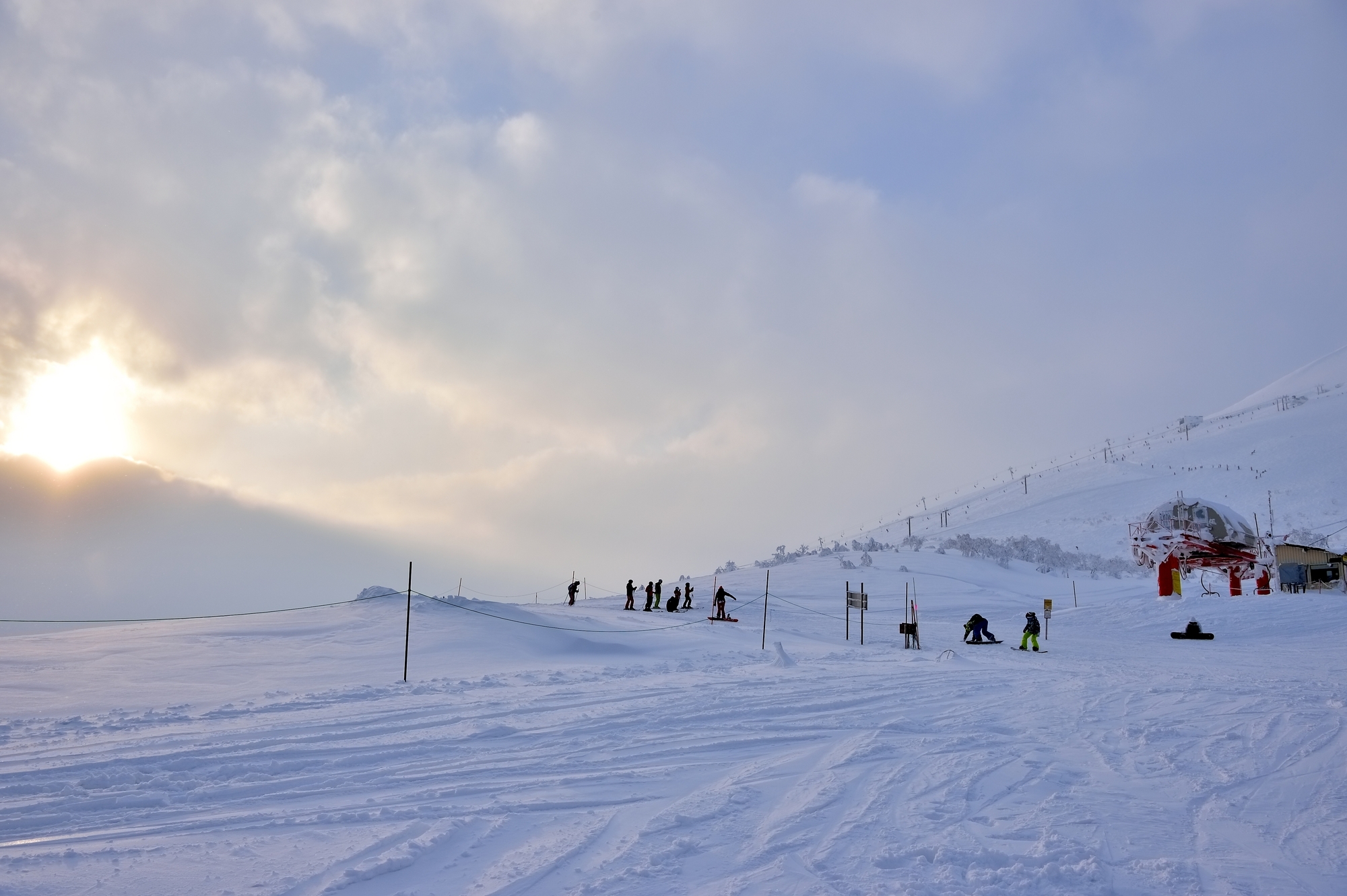
Niseko's snow will melt once you've finished skiing. However, the feeling of the powder snow, the biting cold air on your cheeks, and the breathtaking sight of Mt. Yotei will become memories that never fade from your heart.
The rules and manners you've learned in this guide are meant to make those beautiful memories safer, more respectful, and more valuable. If you are a "good traveler" who respects Niseko's nature and community, Niseko will surely welcome you back with the best powder next season, and for many seasons to come.

